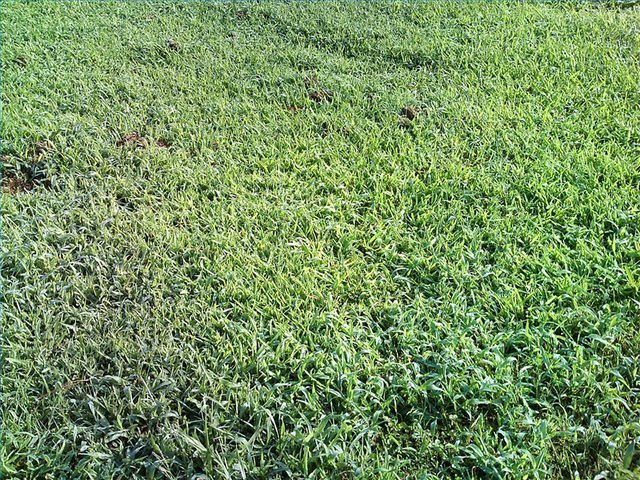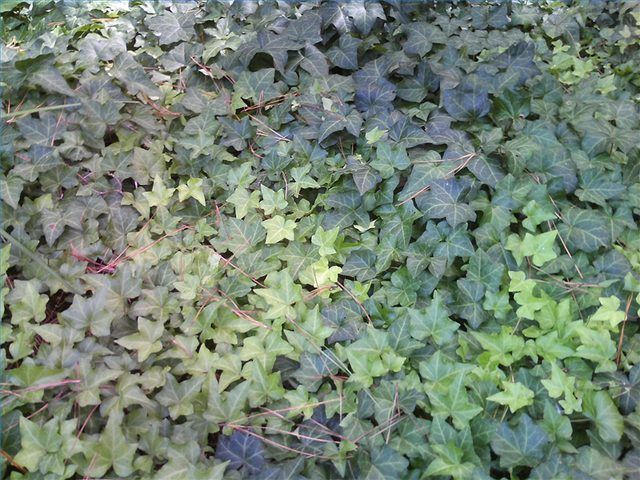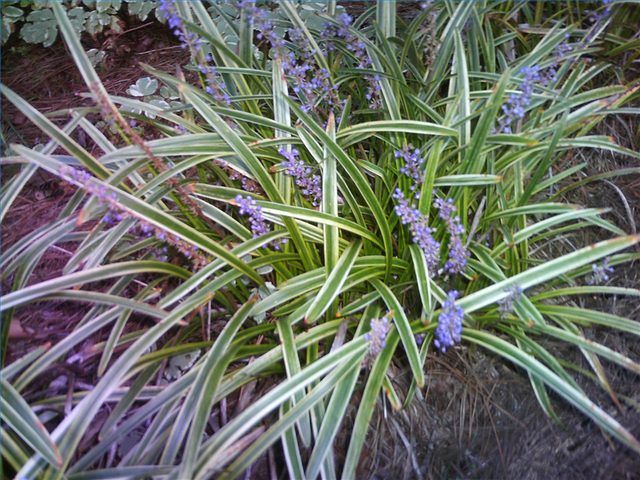Bulbs
Flower Basics
Flower Beds & Specialty Gardens
Flower Garden
Garden Furniture
Garden Gnomes
Garden Seeds
Garden Sheds
Garden Statues
Garden Tools & Supplies
Gardening Basics
Green & Organic
Groundcovers & Vines
Growing Annuals
Growing Basil
Growing Beans
Growing Berries
Growing Blueberries
Growing Cactus
Growing Corn
Growing Cotton
Growing Edibles
Growing Flowers
Growing Garlic
Growing Grapes
Growing Grass
Growing Herbs
Growing Jasmine
Growing Mint
Growing Mushrooms
Orchids
Growing Peanuts
Growing Perennials
Growing Plants
Growing Rosemary
Growing Roses
Growing Strawberries
Growing Sunflowers
Growing Thyme
Growing Tomatoes
Growing Tulips
Growing Vegetables
Herb Basics
Herb Garden
Indoor Growing
Landscaping Basics
Landscaping Patios
Landscaping Plants
Landscaping Shrubs
Landscaping Trees
Landscaping Walks & Pathways
Lawn Basics
Lawn Maintenance
Lawn Mowers
Lawn Ornaments
Lawn Planting
Lawn Tools
Outdoor Growing
Overall Landscape Planning
Pests, Weeds & Problems
Plant Basics
Rock Garden
Rose Garden
Shrubs
Soil
Specialty Gardens
Trees
Vegetable Garden
Yard Maintenance
Types of Ground Cover
Types of Ground Cover. Ground cover enhances a yard, preventing erosion and creating a decorative landscape. Certain types work better in hot and sunny climates and others in wet, shady areas. Some require little maintenance, while others need much attention to keep them healthy and attractive.

Ground cover enhances a yard, preventing erosion and creating a decorative landscape. Certain types work better in hot and sunny climates and others in wet, shady areas. Some require little maintenance, while others need much attention to keep them healthy and attractive.
Grass
Grass is the most common ground cover for landscaping. It is soft to the feet and appealing to the eye, and light, water and regular maintenance are necessary for it to survive.
Ivy
Ivy is an easy alternative to grass for shady areas. Its green color gives it a natural appearance, but if not trimmed back occasionally it is susceptible to overgrowth.

Rocks
Rocks and pebbles are practical ground cover for areas that cannot sustain grass and plants, and they come in a variety of sizes and colors. Spread over soil to help with drainage, raking when needed to maintain even distribution.
Alternatives
Plants that feature greenery and flowers, and spread horizontally are an alternative ground covering; particularly efficient are plants that stay relatively low to the ground and are pleasant to look at, like liriope and phlox.

Herbs
Herbs are good for more than spicing up a meal. Thyme that creeps and flowerless chamomile are two varieties that simulate grass in a sunny site with good drainage and little care.